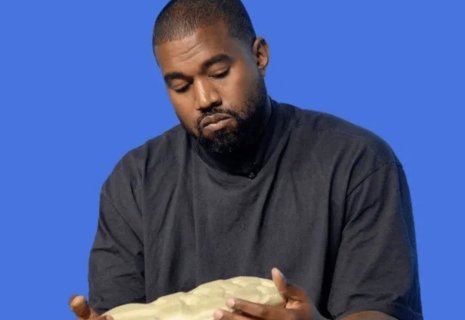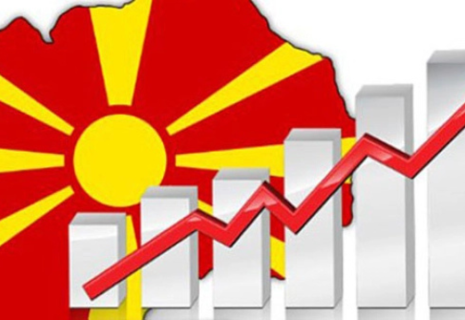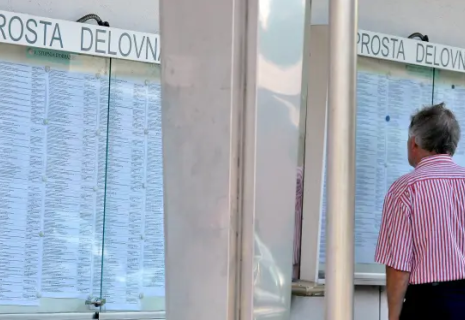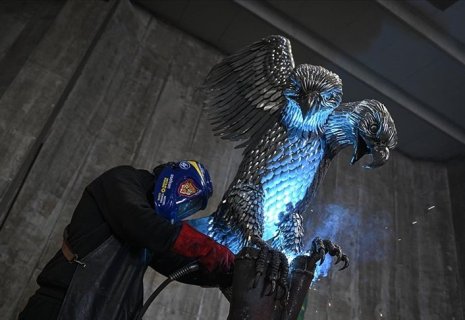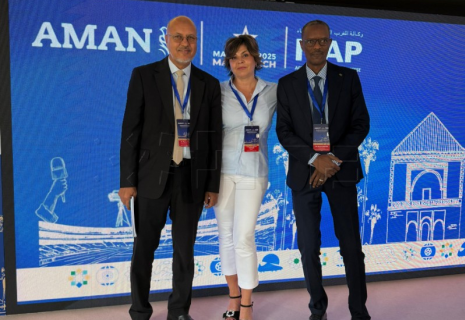
European Central Bank assesses Eurozone growth slowdown - EXCLUSIVE
CE Report presents an exclusive interview with Benoit Deeg, Principal Officer of the European Central Bank, discussing the latest eurozone economic developments, the impact of tariffs and a stronger euro on trade and investment, and the ECB’s outlook and policy guidance for the remainder of 2025.
What are the primary factors behind the reported slowdown in eurozone economic growth in the second quarter?
The slowdown in eurozone economic growth in the second quarter of 2025 is primarily attributed to the unwinding of frontloading effects from the first quarter, persistent geopolitical uncertainty, and the impact of higher actual and expected tariffs. Additionally, the stronger euro and a loss of momentum in manufacturing orders also contributed to subdued activity. Growth in the services sector also appeared to have slowed during this period.
How does the ECB assess the impact of higher actual and expected tariffs on eurozone trade and investment activity?
Higher US tariffs on euro area goods, combined with elevated uncertainty and euro appreciation, are expected to weigh on euro area export prospects. The US accounts for 17% of eurozone goods exports, and while firms initially frontloaded shipments in anticipation of tariffs, export growth is projected to moderate over the medium term. Higher tariffs reduce euro area firms' competitiveness in the US, while competition from China and high energy costs further strain export performance. Net trade is expected to contribute negatively to euro area growth mostly in 2025 and to a smaller extent in 2026.
Regarding the impact of tariffs on euro area investment we have not published any estimates. The impact is highly uncertain and depends on several factors. The impact of uncertainty, including tariff policy uncertainty, is assessed to be negative on investment, see Economic Bulletin Box from early 2025 What are the economic signals from uncertainty measures? Moreover, the impact from higher actual and expected tariffs is currently seen as negative on activity by corporate contacts, see Economic Bulletin Box from July 2025 Main findings from the ECB’s recent contacts with non-financial companies In the medium term, the impact will depend on firms’ behaviour and the playout of many factors such as the duration of the tariffs, possible relocation of investment, trade diversion, and also the euro appreciation etc. Certain sectors may be more affected than others. At the same time investment may be positively affected by defence and infrastructure spending in the years ahead.
To what extent has the stronger euro influenced the competitiveness of eurozone exports, according to ECB analysis?
The stronger euro exacerbates the challenges posed by higher US tariffs, making euro area exports less competitive. This dynamic is expected to contribute to subdued export growth, as euro area firms struggle to match global demand growth. While the euro area's relative competitiveness in the US compared to China may provide some support given that US tariffs imposed on Chinese exports are higher than those for the euro area, it is not expected to significantly offset the negative effects of the euro’s appreciation.
What measures, if any, is the ECB considering to stimulate investment given the current geopolitical uncertainty?
To stimulate investment amidst geopolitical uncertainty, the ECB underscores the importance of fiscal and structural policies. It urges governments to prioritize growth-enhancing structural reforms and strategic investments, particularly in defence and infrastructure. The ECB also emphasizes the need to complete the banking union and savings and investments union, as well as to establish a legislative framework for the potential introduction of a digital euro. Additionally, the ECB’s past interest rate cuts have helped make corporate borrowing less expensive, which supports investment.
How does the ECB forecast the performance of the manufacturing and services sectors for the remainder of the year?
The ECB prepares its projections based on the GDP expenditure components and does not provide sectoral breakdown for manufacturing and services. As published in the June 2025 projections article, economic growth is expected to moderate in the second quarter and turn mildly negative in the third quarter as the negative effects of the unwinding of the strong export growth in the first quarter is compounded by the impact of tariffs on exports and by policy uncertainty. Consequently, significant volatility is anticipated in quarterly growth dynamics, and the path is particularly uncertain. In the medium-term real GDP growth is expected to strengthen, supported by improving real disposable income, the gradual decline in uncertainty and a recovery in foreign demand as adverse tariff effects fade.
Photo: Wikipedia
This interview was prepared by Abdul Karimkhanov


